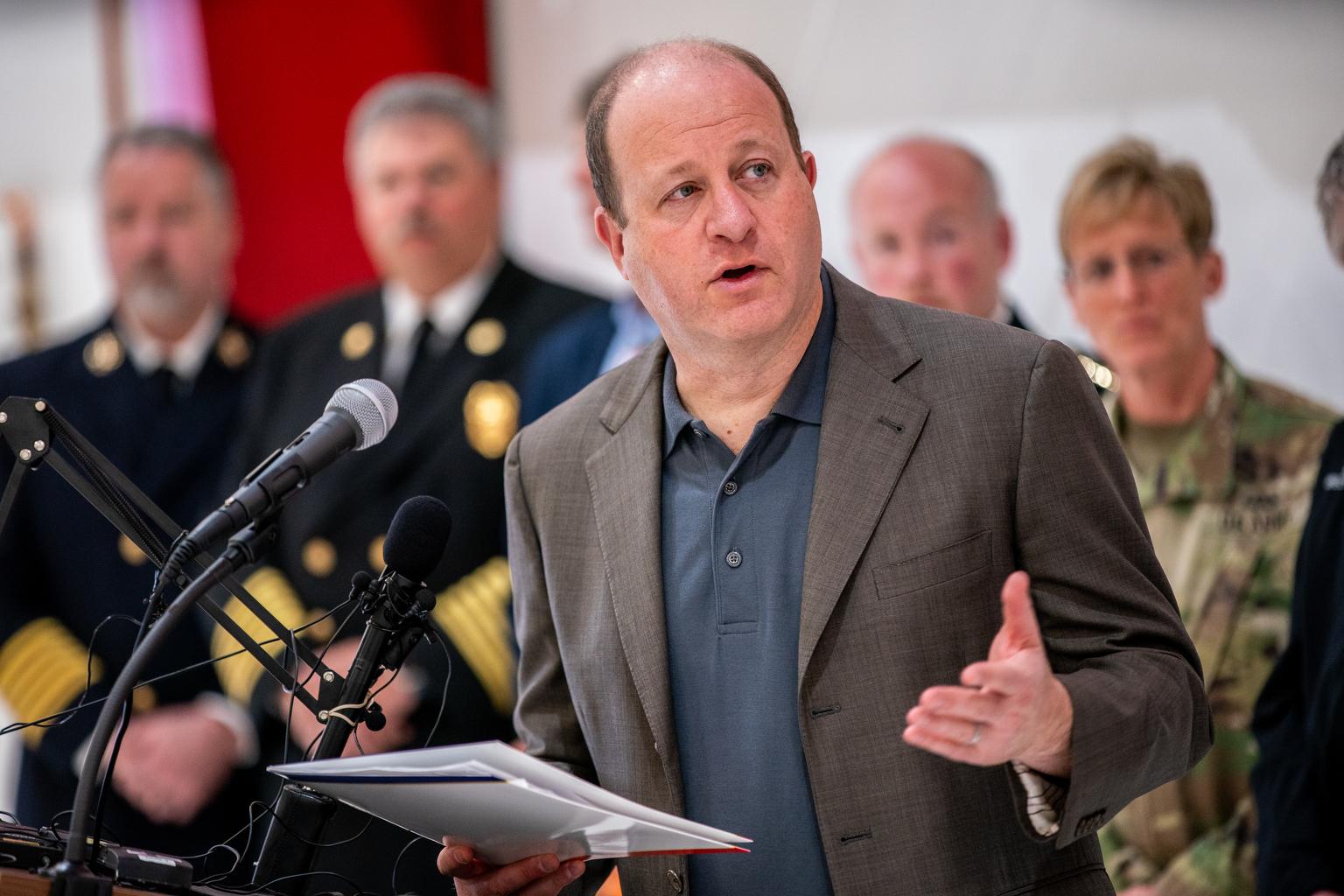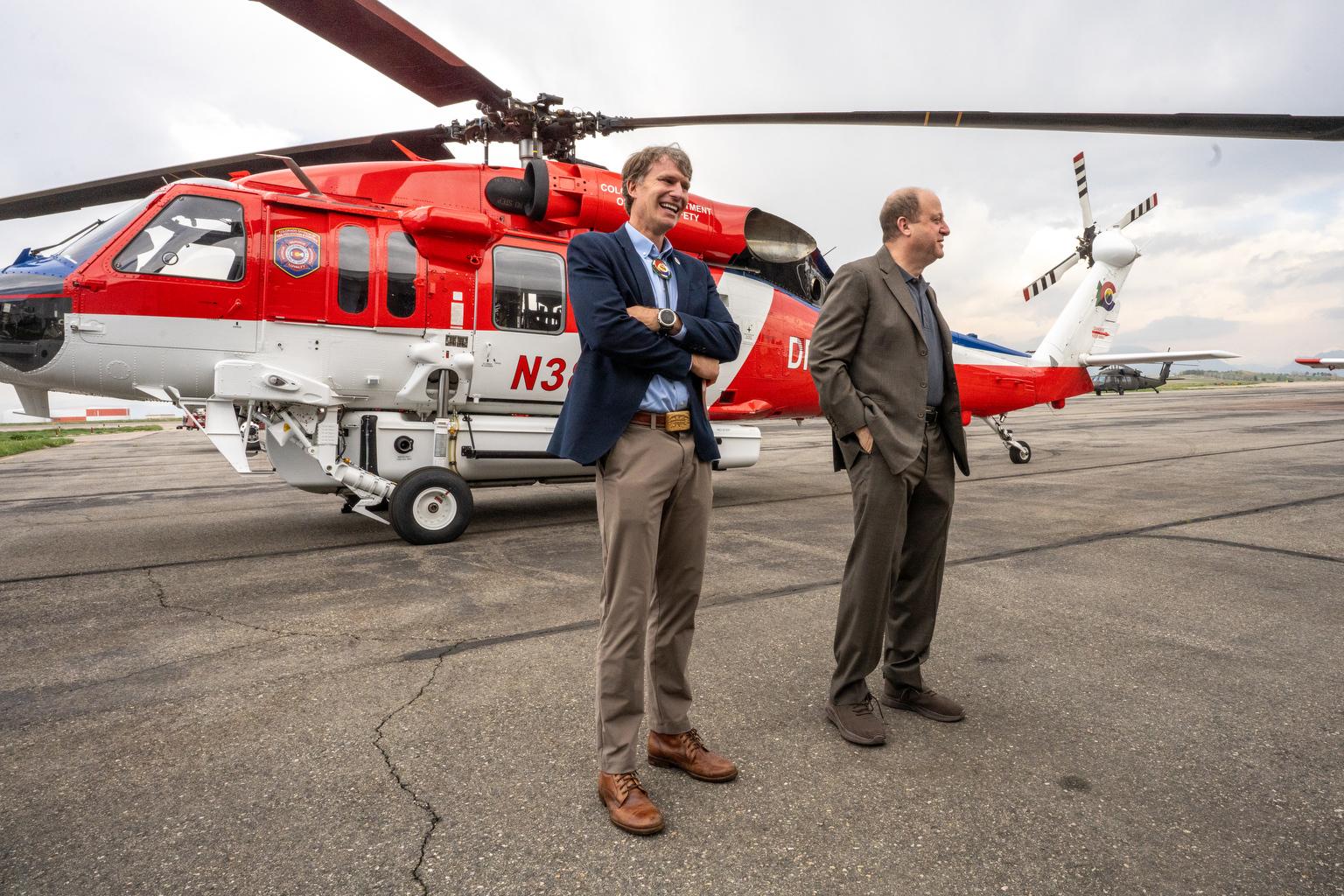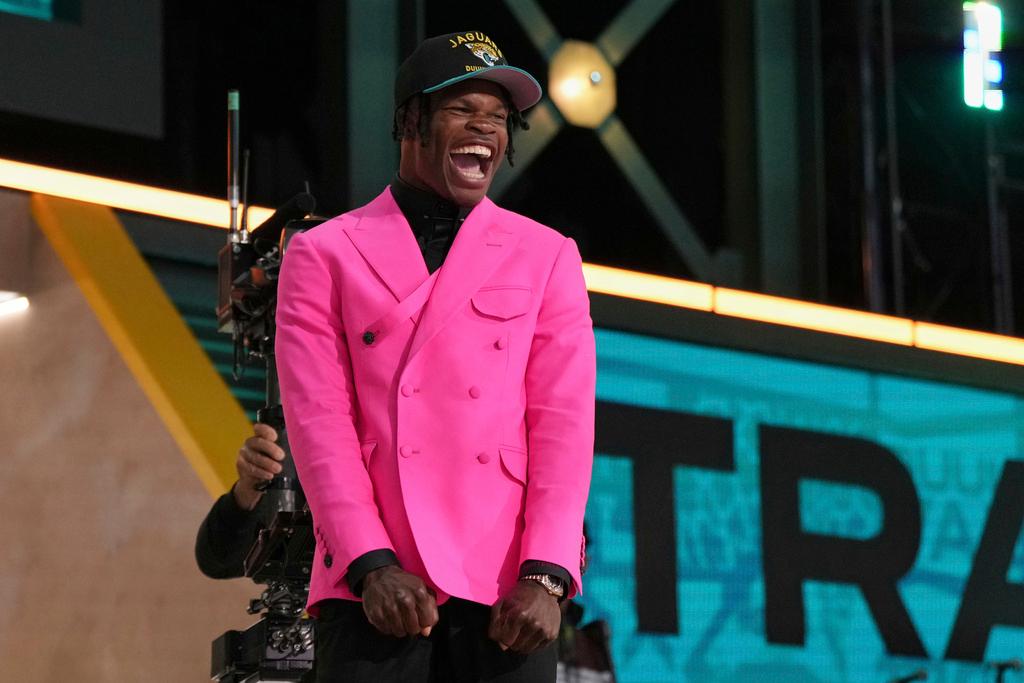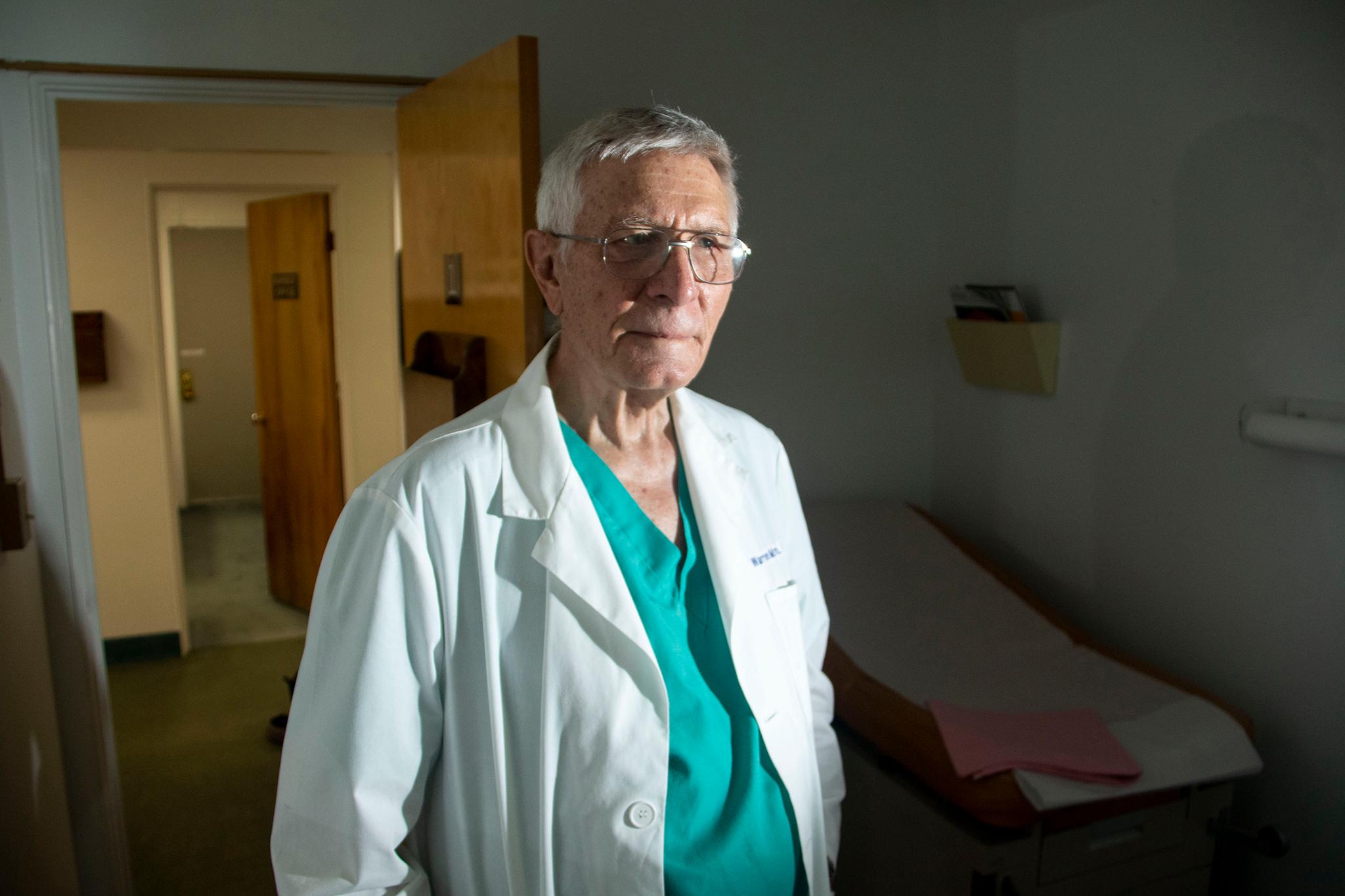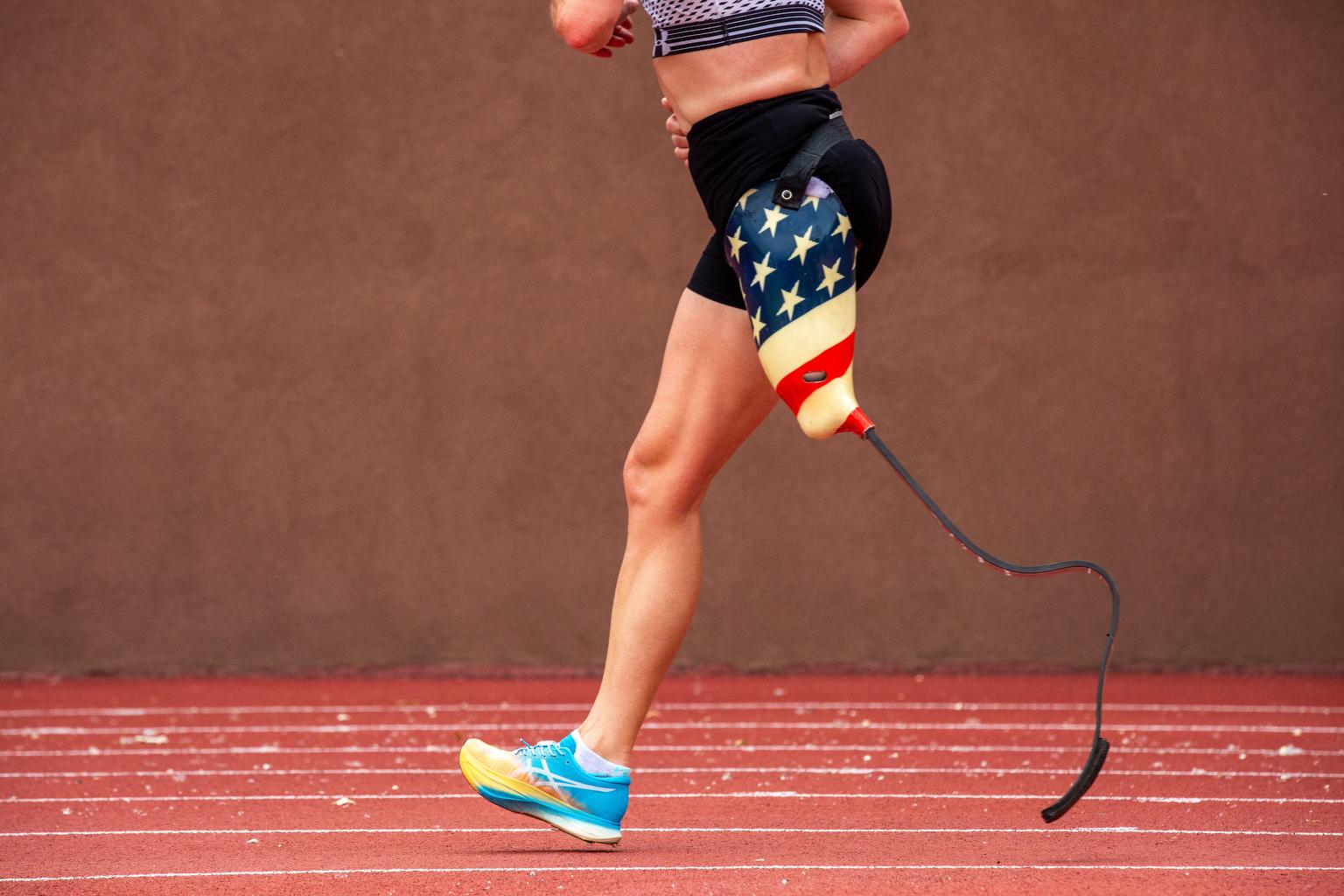
The 2024 Paralympics begin today in Paris. As many as 4,400 athletes from around the world will compete.
Back in Colorado, the Centennial State isn’t just home to the United States Olympic and Paralympic Committee.
Its mountainous landscapes and central location have attracted athletes from all over the country to train for the Olympics and Paralympics, for both summer and winter Games.
Here's the 101 on the Paralympics.
When are the 2024 Paralympics?
The 2024 Summer Paralympics start today and go through September 8. A full schedule of events is here.
Just like at the Olympics, the opening ceremony will be outdoors in Paris (hopefully without the rain). It will be on the Champs-Élysées and Place de la Concorde. It’s scheduled for noon Mountain time today, lasting about three hours.
How can I watch the 2024 Paralympics?
Just like with the Olympics, many Paralympic events will be broadcast on NBC’s suite of channels, which include USA Network, E!, Telemundo, CNBC and the Golf Channel. The events will also be available on Peacock.
What are the Paralympics?
The Paralympics are the premier international competition for adaptive sports, featuring athletes with disabilities. Competitors are divided into groups, called classifications, based on things like whether they use wheelchairs, have visual impairments, are amputees, are short in stature, or have cerebral palsy.
Who founded the Paralympics?
German-British neurologist Sir Dr. Ludwig Guttmann, a Jewish neurologist who fled Nazi Germany before World War II.
He believed in rehabilitation through sport as a method to treat those with spinal cord injuries, which he practiced while working for the National Spinal Injuries Unit at the Stoke Mandeville Hospital in the United Kingdom.
Dr. Guttmann organized the first competition for wheelchair athletes, calling it the Stoke Mandeville Games. Sixteen injured men and women participated in archery on July 29, 1948, on the same day of the opening ceremony of the 1948 Summer Olympics in London.
How have the Paralympics grown?
Retroactively, the 9th International Stoke Mandeville Games is designated as the first Paralympics. It was held in 1960 in Rome.
The first Winter Paralympics were held in 1976 in Ornskoldsvik, Sweden. It was then known as the First Winter Olympic Sports for the Disabled.
The term “Paralympics” was not used until 1988 when the Games were first held in the same host city as the Olympics. The word is a portmanteau of para (beside or alongside) and the word Olympic, meaning parallel to the Olympics.
What are the Paralympic classifications?
Classifications determine which athletes are eligible to compete in a sport and how athletes are grouped together for competition. In para sports, athletes are grouped by the degree of activity limitation resulting from their impairments.
What sports are in the Paralympics?
At the 2024 Summer Paralympics in Paris, athletes will compete in 22 sports. Many of them parallel Olympic sports, like wheelchair basketball and track and field events.
There are two sports played at the Paralympics that do not have an Olympic equivalent: goalball and boccia. Goalball is for visually impaired athletes.
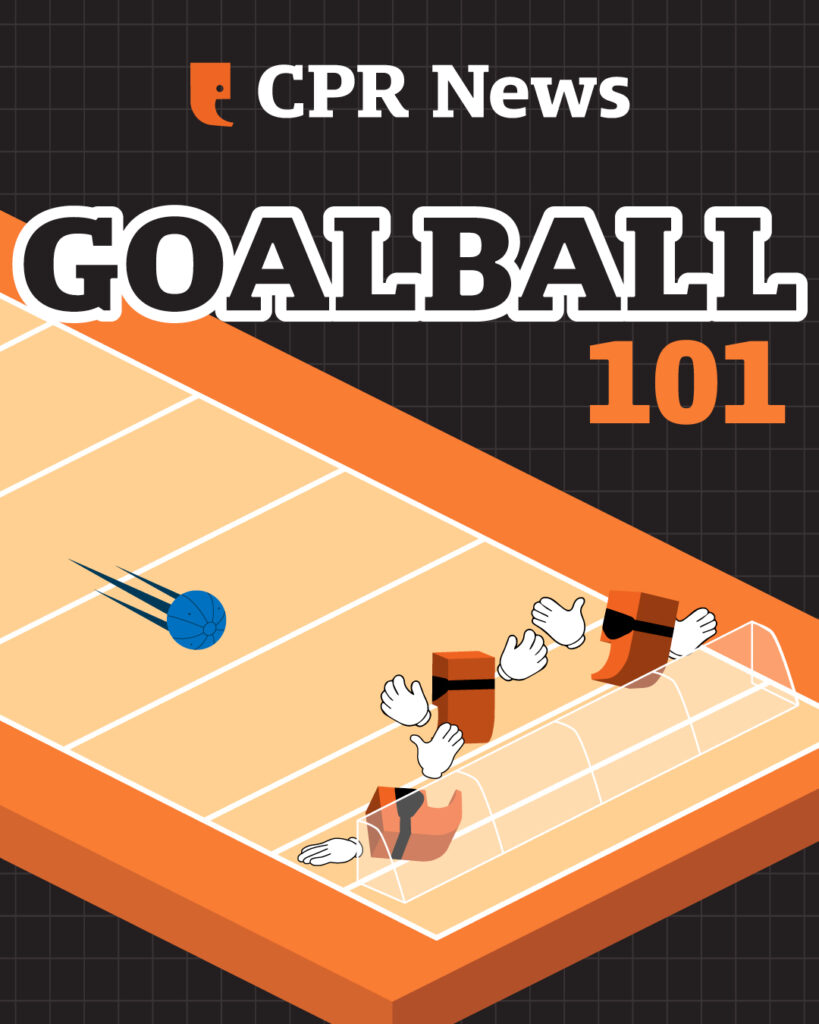
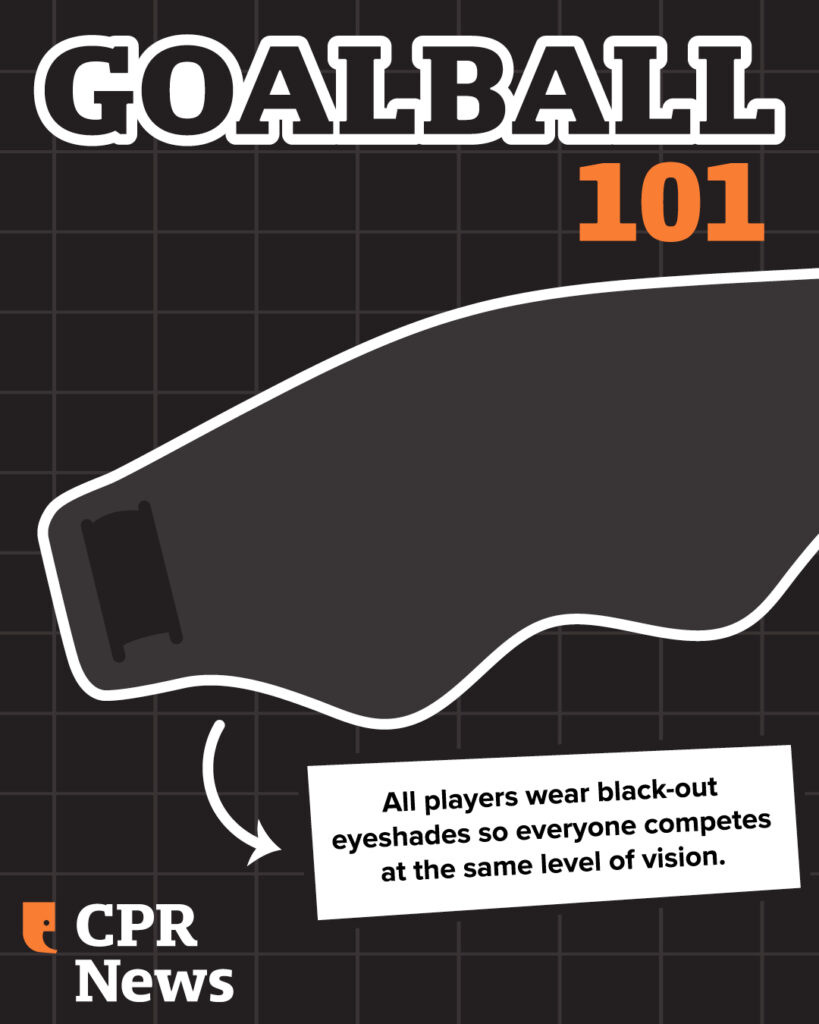
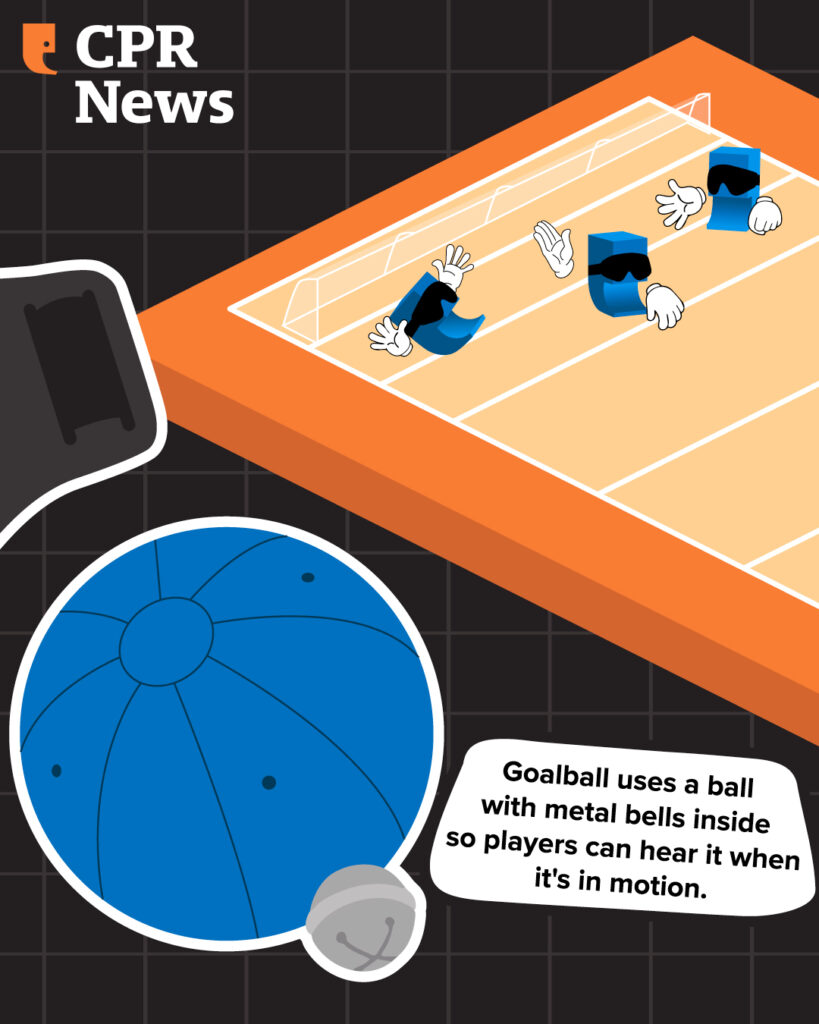
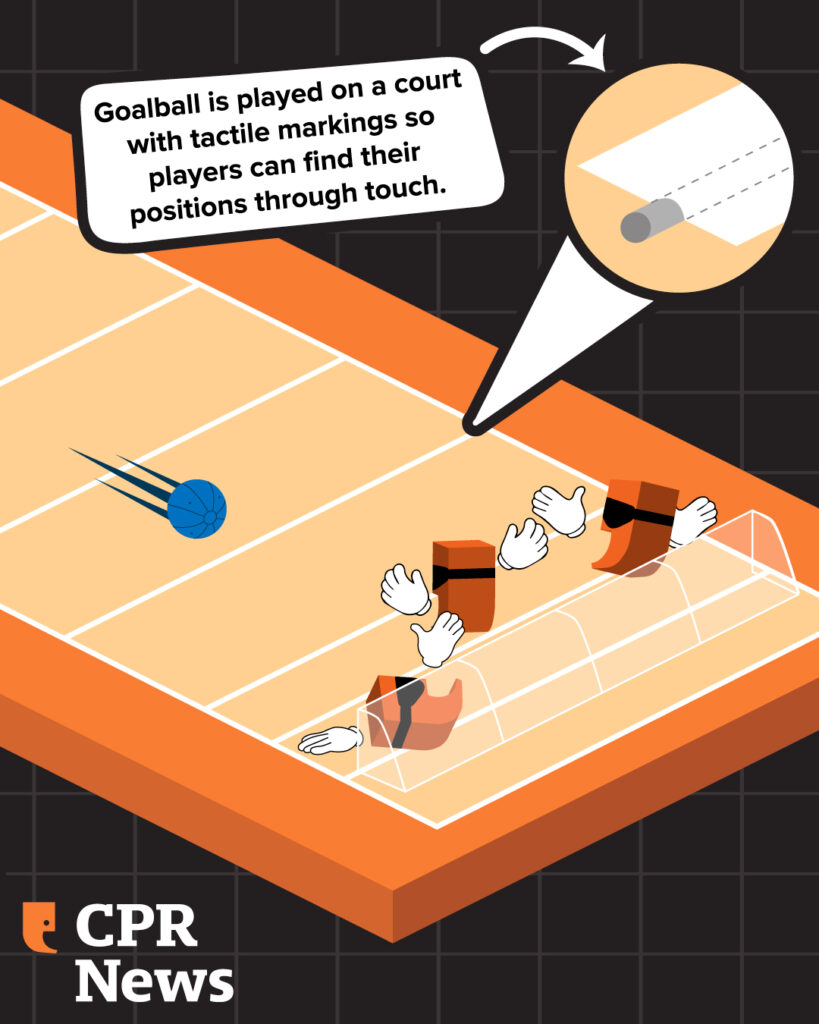
Boccia — similar to bocce, where balls are rolled as close as possible towards a smaller ball — was designed to be played by people with cerebral palsy. It now includes athletes with disabilities that affect motor skills.
Are there Colorado athletes competing in the Paralympics?
Yes, several of them. In triathlon, two military veterans from Colorado take the stage: four-time Paralympian Melissa Stockwell, from Colorado Springs, and Howie Sanborn, from Denver, will compete for the women and men, respectively, starting September 1. Also, Hailey Danz of Colorado Springs is competing in her third Paralympics. She won silver medals in the last two Games.
Jataya Taylor, from Aurora, qualified for wheelchair fencing, which starts September 3. She’s the first representative from the Denver Fencing Center to compete in the biggest event in adaptive sports.
Beatriz Hatz, from Lakewood, qualified for her second Paralympics with the U.S. Track and Field team at just 23 years old. Hatz will compete in sprint and jump events. She was born without a fibula in her right leg.
John Joss from Colorado Springs is competing in his third Paralympics, in para shooting. While serving in combat in Iraq, Sgt. Joss lost a portion of his right leg. He’s a current national record holder in rifle.
In para swimming, Elizabeth Marks of Colorado Springs is competing in her third Paralympics. SFC Marks is a five-time Paralmypic medalist (2 golds, 1 silver, and 2 bronze). Working as a combat medic, she sustained bilateral hip injuries.
Jack O’Neil of Colorado Springs is the first athlete with a disability to qualify for state meets in Illinois and Colorado under able-bodied standards, and now he’ll compete in the Paris Paralympics. He’s on the swimming and diving team at the University of Wyoming.
Josh O’Neill of Colorado Springs is making his Paralympic debut in wheelchair rugby. He comes from a long line of racecar drivers. An accident on his 16th birthday resulted in a broken neck.
Is Colorado as involved in the Paralympics as it is in the Olympics?
Colorado Springs is home to governing bodies, training facilities and a museum for Paralympians, so it is a magnet for many people who want to compete in the games.
The U.S. Olympic & Paralympic Committee is there, along with governing bodies for specific sports including archery, cycling, fencing, shooting and triathlon.
One of the few official U.S. Olympic & Paralympic Training Centers is located in the city, as well. Thousands of athletes train there for both competitions, and more than a hundred resident-athletes live in dormitories on-site. That means some athletes preparing for the Paralympics who are not originally from Colorado make the state home during their training.
Additionally, the U.S. Olympic & Paralympic Museum is in Colorado Springs, celebrating the accomplishments of Paralympians alongside Olympians.
Who are some significant U.S. Paralympic athletes and contributors over the years?
American Paralympic archer and dartcher Jack Whitman, who died in 2004, is recognized as the first ever Paralympic champion. He won three gold medals in archery and one in dartchery (a combination of darts and archery) at what’s come to be known as the first Paralympics in 1960 in Rome.
Whitman became a quadriplegic after breaking his neck while competing for the University of Illinois gymnastics team.
Cindy Castellano became the first American to win a Winter Paralympic gold medal in the 1980 Winter Games in Geilo, Norway. Castellano is an upper limb amputee who won gold medals in the Slalom and Giant Slalom.
Bonnie St. John became the first African American to win a medal in a Winter Games (Olympic or Paralympic) at the 1984 competition in Innsbruck, Austria. She won two bronze medals in the slalom and giant slalom and a silver medal in overall performance. At five years old, St. John’s right leg was amputated due to a condition called pre-femoral focal disorder.
Paralympic swimmer Trischa Zorn-Hudson is the U.S.’s most decorated athlete — with more medals than Michael Phelps — and the most decorated athlete from any country in Paralympic history. From 1980 to 2004, she won 55 medals (41 gold, 9 silver, and 5 bronze). Zorn-Hudson is visually impaired due to a condition called aniridia, the absence of the iris.
Dr. Timothy Nugent is known as the “Father of Accessibility.” He advocated for accessible education and founded the Division of Disability Resources and Educational Services Services (DRES) the University of Illinois Urbana-Champaign. It’s the first post-secondary disability support service program in the world. It advocates for disabled students to receive the appropriate accommodations. Nugent also founded the National Wheelchair Basketball Association in 1945.
What’s the distinction between the Olympics, Paralympics and Special Olympics?
The Paralympics and Olympics are competitive sporting events, and athletes go through a series of qualifying competitions, meeting certain standards in order to participate.
By contrast, the Special Olympics are designed around the principle of acceptance: they do not disqualify people based on scores, and they are meant to help bring about a world free from discrimination. The Special Olympics are for athletes with intellectual disabilities, cognitive delays, or developmental disabilities.
What is the Paralympic symbol and motto?
Agitos is the official logo for the Paralympics. The word Agitos is Latin for “I move.” The three colors — red, blue, and green — represent the colors most widely represented in national flags around the world.
The Paralympic motto is Spirit in Motion.

